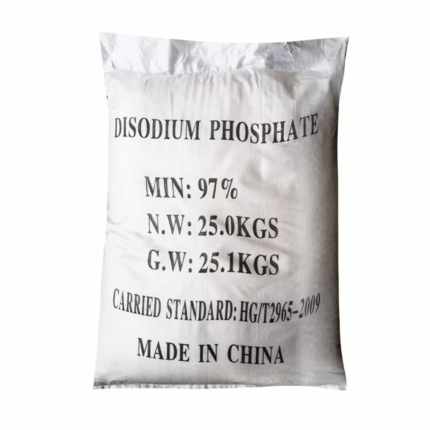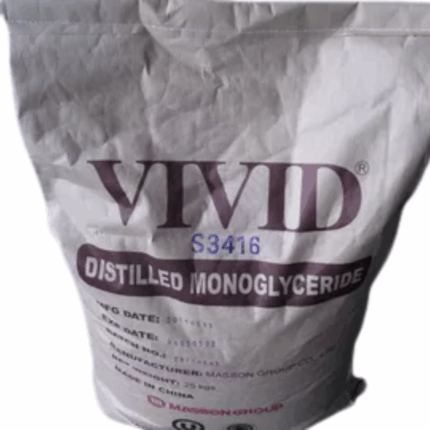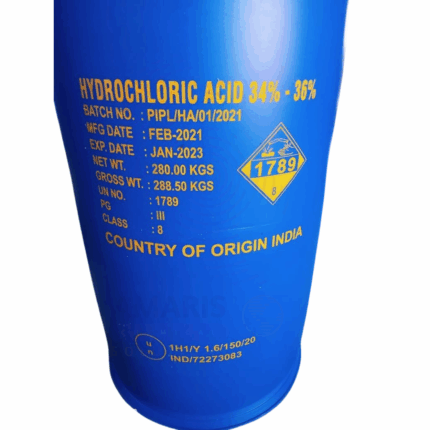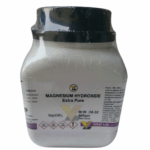
Magnesium Hydroxide Heavy Extra Pure
$ 16.88 Original price was: $ 16.88.$ 16.76Current price is: $ 16.76.
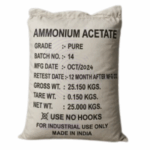
Ammonium Acetate
$ 1.71 Original price was: $ 1.71.$ 1.62Current price is: $ 1.62.
Ammonia solution
$ 1.65 Original price was: $ 1.65.$ 1.55Current price is: $ 1.55.
Whatsapp Order
Ammonia solutions, often referred to as aqueous ammonia or ammonium hydroxide, are clear, colorless liquids consisting of ammonia gas dissolved in water. The concentration of ammonia in these solutions typically ranges from 5% to 35% by weight. Ammonia solutions possess a pungent odor characteristic of ammonia gas and are alkaline with a pH typically between 11 and 12.5. This solution is widely used across various industries due to its excellent cleaning properties, reactivity, and role as a nitrogen source.
Description
Table of Contents
Toggle
Ammonia solution
Primary Uses
- Industrial Cleaning & Degreasing
- Ammonia solutions are extensively used as a powerful cleaning and degreasing agent in industrial, commercial, and residential environments.
- Commonly employed for cleaning glass, stainless steel, ceramic tiles, and hard surfaces because of its ability to dissolve grease and grime without leaving residue.
- Used in food processing plants and dairies to sanitize equipment due to its antimicrobial properties.
- Agriculture & Fertilizers
- Serves as a vital nitrogen source in fertilizers (liquid fertilizers, ammonium nitrate production) promoting plant growth and soil enrichment.
- Used to adjust soil pH in certain agricultural practices.
- Acts as a precursor to other nitrogen-containing fertilizers like urea and ammonium sulfate.
- Chemical Manufacturing
- Used as a reagent in the production of various chemicals, including explosives, plastics, dyes, and pharmaceuticals.
- Essential in the manufacture of ammonium salts, cleaning agents, and neutralizing acidic waste streams.
- Water Treatment
- Applied in municipal and industrial water treatment plants as a pH adjuster and to help remove organic contaminants.
- Used in chloramination processes to disinfect water by forming chloramines, a more stable disinfectant than chlorine alone.
- Refrigeration Systems
- Ammonia solutions are used as an intermediate in the production of anhydrous ammonia for industrial refrigeration systems, especially in food storage and processing plants.
Secondary Uses
- Household Cleaners
- Found in some household cleaning products for windows, kitchens, and bathrooms due to its effective grease-cutting and odor-neutralizing capabilities.
- Textile Industry
- Utilized in textile processing, particularly in the mercerization of cotton which improves fabric strength, luster, and dye uptake.
- Helps in neutralizing and cleaning residues during fabric finishing.
- Pharmaceutical Applications
- Used in the synthesis of certain pharmaceuticals as a reactant or pH adjuster.
- Occasionally used in lab reagent preparations and diagnostics.
- Food Industry
- Used sparingly and carefully as a food additive (E527) mainly in the baking industry as a leavening agent or pH regulator, though concentration and use are strictly regulated due to toxicity concerns.
- Laboratory Uses
- Employed as a reagent or solvent in analytical chemistry and qualitative inorganic analysis.
- Used for ammonia vapor generation in laboratory settings.
- Leather Industry
- Used in tanning and leather processing to help remove unwanted fats and proteins and to soften hides.
KEY PRODUCT FEATURES
1. Basic Identification Attributes
- Chemical Name (IUPAC): Ammonium hydroxide solution
- Common/Trade Names: Ammonia solution, Aqueous ammonia, Ammonium hydroxide
- CAS Number: 1336-21-6
- HS Code: 2814.10.00
- Molecular Formula: NH3·H2O (variable depending on concentration)
- Synonyms: Ammonium hydroxide, Ammonia water, Aqua ammonia
2. Physical & Chemical Properties
- Physical State: Clear, colorless liquid
- Odor: Strong, pungent ammonia odor
- Melting Point: Approx. -77.7°C (for pure ammonia) — aqueous solution freezes around -50°C depending on concentration
- Boiling Point: Varies with concentration; ~37°C (for 30% solution)
- Density: ~0.90-0.95 g/cm³ (depending on concentration)
- Solubility: Completely miscible with water (it is water solution)
- pH Level: Typically 11–12.5 (alkaline)
- Vapor Pressure: High (due to ammonia volatility)
- Flash Point: Non-flammable
- Autoignition Temperature: N/A
3. Safety & Hazard Attributes
- Hazard Class (GHS): Corrosive to skin and eyes; hazardous to respiratory system
- NFPA Ratings: Health 3, Flammability 1, Reactivity 0
- Exposure Limits: OSHA PEL = 50 ppm (8-hour TWA), ACGIH TLV = 25 ppm
- Reactivity: Reacts vigorously with acids, halogens, and oxidizers
- Incompatible Materials: Strong acids, halogens, chlorine bleach, copper, silver, mercury
4. Storage & Handling Attributes
- Storage Conditions: Store in cool, well-ventilated, dry area away from incompatible materials and direct sunlight. Containers must be tightly closed.
- Container Type: Typically stored in corrosion-resistant steel or polyethylene containers.
- Shelf Life: Stable for 1-2 years under proper storage.
- Special Handling: Use proper PPE including gloves, goggles, and respirators; avoid inhaling vapors; ensure good ventilation.
5. Regulatory & Compliance Attributes
- Regulatory Status: Classified as hazardous; regulated by OSHA, EPA, and other agencies.
- Transportation: Classified as hazardous material; subject to DOT regulations (UN2672).
- Waste Disposal: Dispose of per local hazardous waste regulations; neutralize before disposal if possible.
6. Environmental & Health Impact
- Ecotoxicity: Toxic to aquatic life; can cause environmental harm if released in large quantities.
- Persistence: Ammonia volatilizes rapidly but is toxic in water at high levels.
- Carcinogenicity: Not classified as carcinogenic.
- Biodegradability: Biodegradable but can disrupt aquatic ecosystems if spilled.
SAFETY HANDLING PRECAUTIONS
Safety Handling Precautions
- PPE: Wear chemical-resistant gloves, eye protection, and protective clothing. Use respiratory protection if ventilation is inadequate.
- Handling: Handle in well-ventilated areas. Avoid inhalation of vapors and contact with skin/eyes.
- Storage: Store in tightly closed containers, away from acids and oxidizers.
- Hygiene: Wash hands thoroughly after handling; do not eat, drink, or smoke in work areas.
First Aid Measures
- Inhalation: Move person to fresh air immediately; if breathing is difficult, give oxygen and seek medical attention.
- Skin Contact: Rinse skin immediately with plenty of water for at least 15 minutes; remove contaminated clothing; get medical help if irritation persists.
- Eye Contact: Rinse eyes with water for at least 15 minutes; seek urgent medical attention due to corrosive potential.
- Ingestion: Do NOT induce vomiting; rinse mouth and drink plenty of water; seek emergency medical help immediately.
Firefighting Measures
- Fire Hazards: Non-flammable but may release toxic ammonia vapors when heated.
- Extinguishing Media: Use water spray, dry chemical, foam, or CO₂ on surrounding fire.
- Precautions: Firefighters should wear full protective gear and self-contained breathing apparatus due to ammonia vapor toxicity. Cool containers with water spray.
Related products
Ammonium Bicarbonate
Ammonium bicarbonate is a white crystalline powder or granules with a slightly alkaline taste and a characteristic ammoniacal odor. It is a white solid that decomposes readily on heating, releasing ammonia, carbon dioxide, and water vapor. It is widely used in the food industry as a leavening agent, in chemical synthesis, and in various industrial applications. Its unique property of decomposing to release gases makes it valuable for baking and other processes where gas release is desired.
Ammonium Chloride
Ammonium chloride is a white crystalline salt with a salty, slightly acidic taste. It is highly soluble in water and is widely used in various industrial, agricultural, and pharmaceutical applications. It acts as a nitrogen source in fertilizers, a flux in metalworking, and an expectorant in medicine. Its versatility and relatively low toxicity make it an important compound in multiple sectors.
Caustic Soda Flakes (Sodium Hydroxide)
Caustic Soda Flakes, also known as Sodium Hydroxide Flakes (NaOH), are a highly alkaline, white, solid substance that is crystalline and flaky in form. Produced by evaporating aqueous sodium hydroxide solutions, these flakes are highly soluble in water and exhibit strong corrosive properties. Caustic Soda Flakes are widely used in a variety of industrial, chemical, and manufacturing processes due to their strong alkalinity, ability to saponify fats, and effectiveness in pH adjustment. Their high purity and ease of handling in flake form make them suitable for use in chemical synthesis, pulp and paper production, water treatment, and detergent manufacturing.
Caustic Soda Pearls
Caustic Soda Pearls are small, solid, spherical particles of sodium hydroxide (NaOH) produced by a controlled cooling and solidification process. These pearls offer superior flowability, uniform size distribution, and reduced dust generation compared to flake or powder forms. They are highly soluble in water, exhibiting a strong alkaline nature with vigorous exothermic dissolution. Caustic Soda Pearls are widely used across industries including chemical manufacturing, water treatment, pulp and paper processing, and detergents due to their purity, ease of handling, and efficient dissolution characteristics.
Diethanolamine
Diethanolamine is a colorless to pale yellow, viscous liquid with a mild ammonia-like odor. It is a secondary amine and diol, widely used in various industrial, pharmaceutical, and cosmetic applications. DEA is highly soluble in water and many organic solvents. It acts as an intermediate in the synthesis of surfactants, emulsifiers, corrosion inhibitors, and pharmaceuticals. It is valued for its alkalinity, emulsifying properties, and ability to form stable complexes with fatty acids.
Disodium Phosphate
Disodium Phosphate, also known as sodium phosphate dibasic, is an inorganic compound widely used for its buffering, emulsifying, and chelating properties. It commonly appears as a white, odorless crystalline powder or granules that are highly soluble in water and alkaline in nature. Disodium Phosphate plays a vital role in regulating pH, improving stability in formulations, and providing essential sodium and phosphate ions. It finds extensive use across food processing, pharmaceuticals, water treatment, agriculture, and industrial applications.
Distilled Monoglycerides Remosoft
Distilled Monoglycerides Remosoft are purified monoglycerides derived from the glycerolysis of edible fats and oils, followed by a distillation process that removes impurities and enhances purity. They are colorless to pale yellow, odorless, and possess excellent emulsifying properties. DMG is widely used in food, pharmaceutical, and cosmetic industries due to its surface-active properties, ability to stabilize emulsions, and function as an anti-caking and lubricating agent. The distilled grade ensures high purity and low free fatty acid content, making it suitable for sensitive applications.
Hydrochloric Acid
Hydrochloric Acid HCL is a highly corrosive, strong mineral acid consisting of hydrogen chloride gas dissolved in water to a concentration of approximately 33% by weight. It appears as a clear, colorless to slightly yellow liquid with a sharp, pungent odor. HCl 33% is widely used in industrial, chemical, and laboratory applications due to its strong acidic properties, high reactivity, and versatility. It plays a crucial role in pH control, metal processing, chemical synthesis, and cleaning processes across numerous sectors.


 Preservatives(food)
Preservatives(food) Flavor Enhancers
Flavor Enhancers Acidulants
Acidulants Sweeteners
Sweeteners Antioxidants
Antioxidants Colorants(food)
Colorants(food) Nutraceutical Ingredients (food)
Nutraceutical Ingredients (food) Nutrient Supplements
Nutrient Supplements Emulsifiers
Emulsifiers
 Collectors
Collectors Dust Suppressants
Dust Suppressants Explosives and Blasting Agents
Explosives and Blasting Agents Flocculants and Coagulants
Flocculants and Coagulants Frothers
Frothers Leaching Agents
Leaching Agents pH Modifiers
pH Modifiers Precious Metal Extraction Agents
Precious Metal Extraction Agents
 Antioxidants(plastic)
Antioxidants(plastic) Colorants (Pigments, Dyes)
Colorants (Pigments, Dyes) Fillers and Reinforcements
Fillers and Reinforcements Flame Retardants
Flame Retardants Monomers
Monomers Plasticizers
Plasticizers Polymerization Initiators
Polymerization Initiators Stabilizers (UV, Heat)
Stabilizers (UV, Heat)
 Antifoaming Agents
Antifoaming Agents Chelating Agents
Chelating Agents Coagulants and Flocculants
Coagulants and Flocculants Corrosion Inhibitors
Corrosion Inhibitors Disinfectants and Biocides
Disinfectants and Biocides Oxidizing Agents
Oxidizing Agents pH Adjusters
pH Adjusters Scale Inhibitors( water)
Scale Inhibitors( water)
 Antioxidants(cosmetic)
Antioxidants(cosmetic) Emollients
Emollients Fragrances and Essential Oils
Fragrances and Essential Oils Humectants
Humectants Preservatives
Preservatives Surfactants(cosmetic)
Surfactants(cosmetic) Thickeners
Thickeners UV Filters
UV Filters
 Fertilizers
Fertilizers Soil Conditioners
Soil Conditioners Plant Growth Regulators
Plant Growth Regulators Animal Feed Additives
Animal Feed Additives Biostimulants
Biostimulants Pesticides (Herbicides, Insecticides, Fungicides)
Pesticides (Herbicides, Insecticides, Fungicides)
 Active Pharmaceutical Ingredients (APIs)
Active Pharmaceutical Ingredients (APIs) Excipients
Excipients Solvents(pharmaceutical)
Solvents(pharmaceutical) Antibiotics
Antibiotics Antiseptics and Disinfectants
Antiseptics and Disinfectants Vaccine Adjuvants
Vaccine Adjuvants Nutraceutical Ingredients (pharmaceutical)
Nutraceutical Ingredients (pharmaceutical) Analgesics & Antipyretics
Analgesics & Antipyretics
 Analytical Reagents
Analytical Reagents Solvents(lab)
Solvents(lab) Chromatography Chemicals
Chromatography Chemicals Spectroscopy Reagents
Spectroscopy Reagents microbiology-and-cell-culture-reagents
microbiology-and-cell-culture-reagents Molecular Biology Reagents
Molecular Biology Reagents Biochemical Reagents
Biochemical Reagents Inorganic and Organic Standards
Inorganic and Organic Standards Laboratory Safety Chemicals
Laboratory Safety Chemicals Specialty Laboratory Chemicals(Special Laboratory Equipment)
Specialty Laboratory Chemicals(Special Laboratory Equipment)
 Demulsifiers
Demulsifiers Hydraulic Fracturing Fluids
Hydraulic Fracturing Fluids Scale Inhibitors(oil)
Scale Inhibitors(oil) Surfactants(oil)
Surfactants(oil) Drilling Fluids
Drilling Fluids
 Dyes and Pigments
Dyes and Pigments Bleaching Agents
Bleaching Agents Softening Agents
Softening Agents Finishing Agents
Finishing Agents Antistatic Agents
Antistatic Agents
 Admixtures
Admixtures Waterproofing Agents
Waterproofing Agents Sealants and Adhesives
Sealants and Adhesives Curing Compounds
Curing Compounds Concrete Repair Chemicals
Concrete Repair Chemicals Anti-Corrosion Coatings
Anti-Corrosion Coatings
 Surfactants(cleaning)
Surfactants(cleaning) Builders
Builders Enzymes
Enzymes Solvents (Cleaning)
Solvents (Cleaning) Fragrances
Fragrances
 Electronic Chemicals
Electronic Chemicals Catalysts
Catalysts Lubricants
Lubricants Photographic Chemicals
Photographic Chemicals Refrigerants
Refrigerants Automotive chemicals
Automotive chemicals Pyrotechnic Chemicals
Pyrotechnic Chemicals
 Biodegradable Surfactants
Biodegradable Surfactants Bio-based Solvents
Bio-based Solvents Renewable Polymers
Renewable Polymers Carbon Capture Chemicals
Carbon Capture Chemicals Wastewater Treatment Chemicals
Wastewater Treatment Chemicals
 Pigments
Pigments Solvents(paint)
Solvents(paint) Specialty Coatings
Specialty Coatings Binders/Resins
Binders/Resins Additives
Additives Driers
Driers Anti-Corrosion Agents
Anti-Corrosion Agents Functional Coatings
Functional Coatings Application-Specific Coatings
Application-Specific Coatings
 Fresh Herbs
Fresh Herbs Ground Spices
Ground Spices Whole Spices
Whole Spices Spice Blends
Spice Blends Dried Herbs
Dried Herbs
 Leavening Agents
Leavening Agents Dough Conditioners
Dough Conditioners Flour Treatments
Flour Treatments Fat Replacers
Fat Replacers Decoratives
Decoratives Preservatives(baking)
Preservatives(baking)
 Plasticizers & Softeners
Plasticizers & Softeners Reinforcing Agents
Reinforcing Agents Adhesion Promoters
Adhesion Promoters Vulcanizing Agents
Vulcanizing Agents Antidegradants
Antidegradants Blowing Agents
Blowing Agents Fillers & Extenders
Fillers & Extenders Accelerators & Retarders
Accelerators & Retarders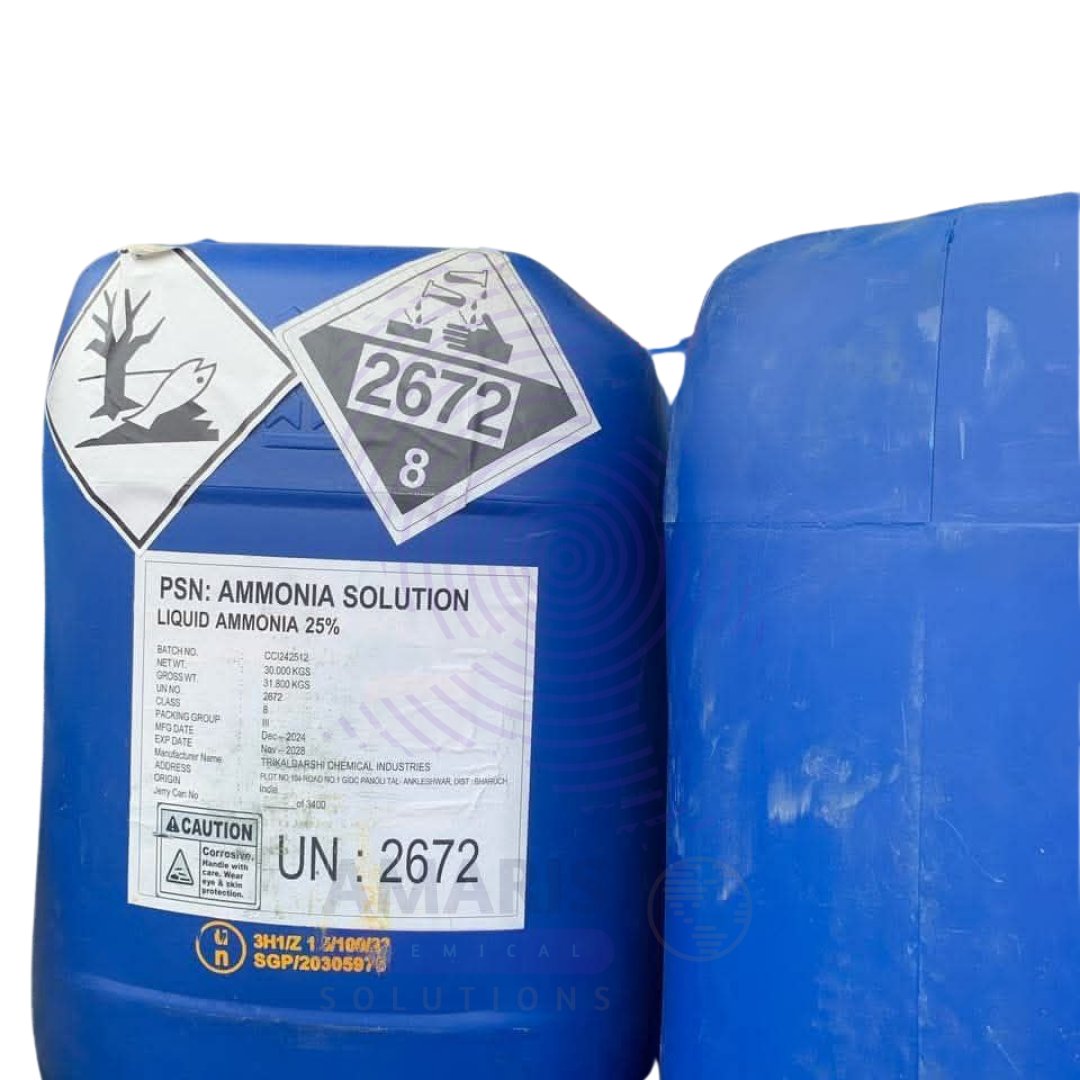


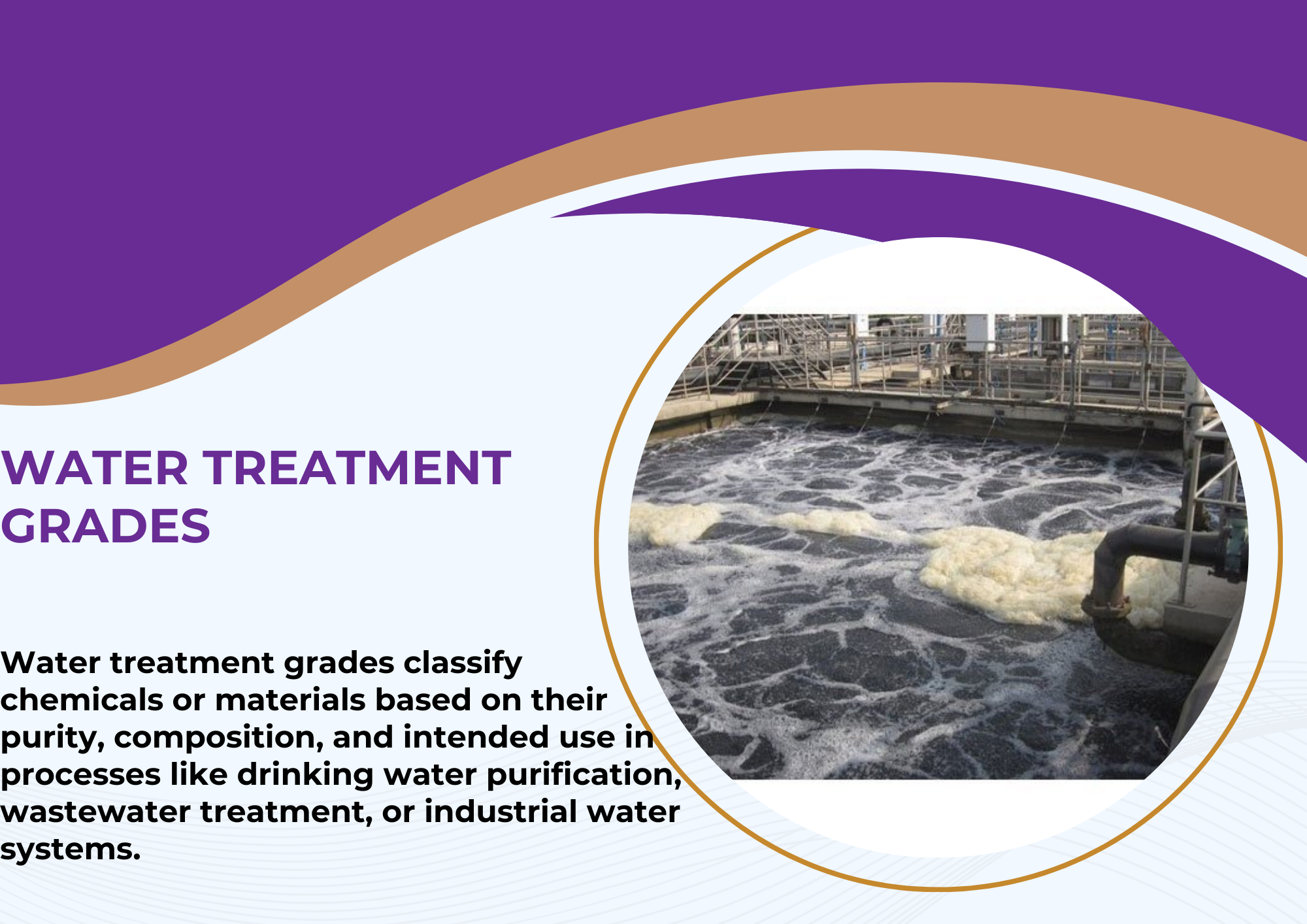
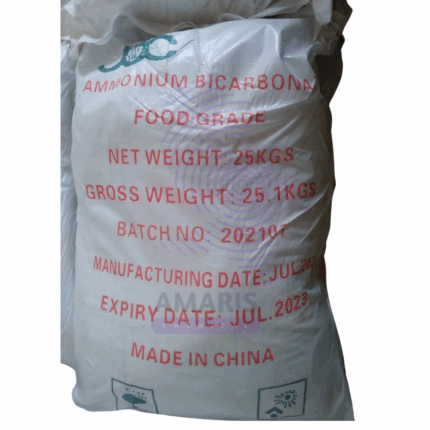
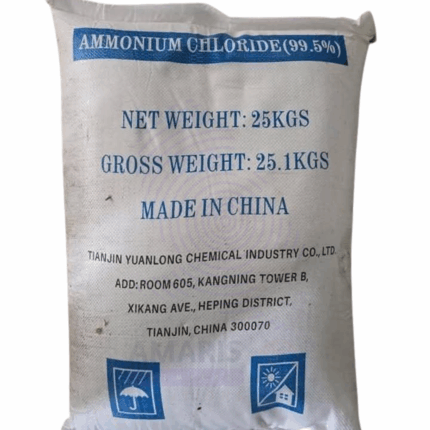
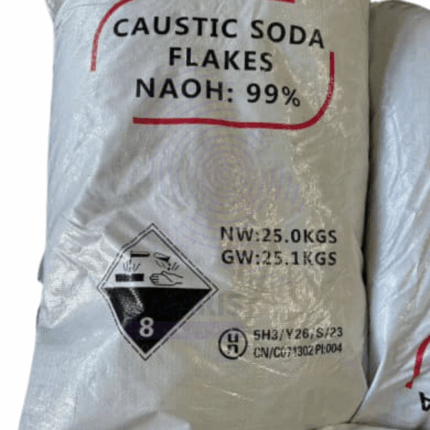
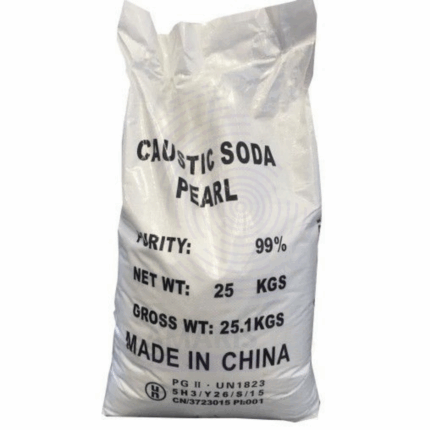
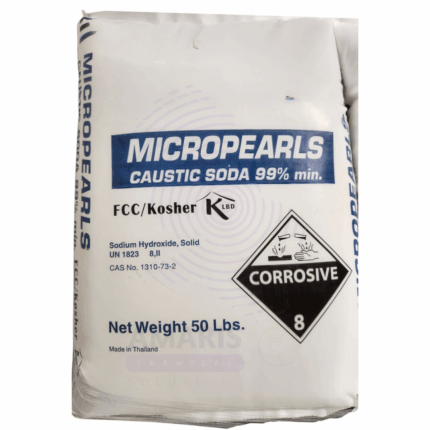
![Diethanolamine [C4H11NO2 or (CH2CH2OH)2NH] Amaris Chemicals](https://amarischemicalsolutions.com/wp-content/uploads/2025/07/Diethanolamine-C4H11NO2-or-CH2CH2OH2NH-Amaris-Chemicals-430x430.png)
